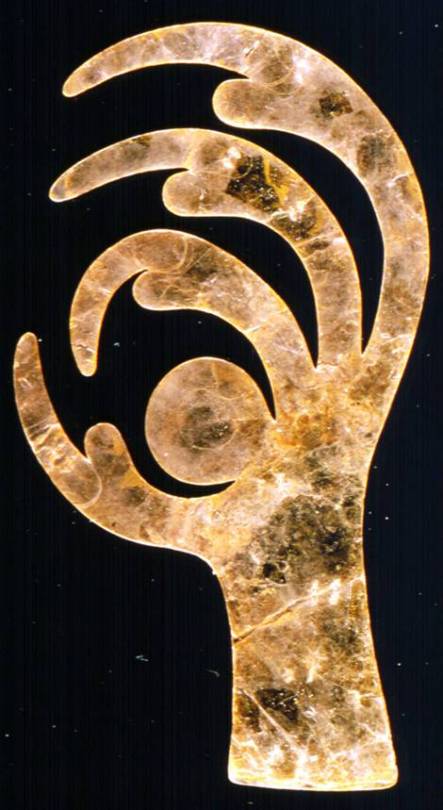
February 15, 2015
New Ideas on the Hopewell Interaction Sphere
Bradley T. Lepper is looking at the Hopewell Interaction Sphere to try and understand its main components. The Interaction Sphere is primarily a mortuary-ceremonial and religious interaction sphere. Lepper now believes that the Interaction Sphere is primarily a network of pilgrimage centers. Followers brought exotic raw materials and finished craft items to places like the Hopewell Mound Group and the Newark Earth Works. The pilgrims would return home to spread the religious ideas and establish local centers for the main religious ideas to be promulgated. They would bring home bladelets made from Ohio flint ridge material as tokens of visitation.
Research is showing that Ohio Flint Ridge flint bladelets were an important symbol of the Hopewell Interaction Sphere. At Pinson Mounds in Tennessee, 25% of the bladelets found there were from Flint Ridge, Ohio. And another 20% possibly from Flint Ridge. At Ohio sites, the Flint Ridge bladelets dominate. Flint Ridge flint declined at the end of the Hopewell era.
Bradley Lepper’s excavations at Flint Ridge showed that it was quarried on an industrial scale and turned into bladelets. The quantity produced was far greater than local need. Lepper believes that they were made to distribute as souvenirs and pilgrims tokens rather than part of a trade network. They were valuable symbols of the pilgrimage to the large Hopewell sites. And the industry died when the Hopewell era ended even though the bladelets were very efficient and well made, as if the system of belief that supported their use had died.
To further develop the idea of pilgrimages and the transportation of exotic finished products to the main sites, Wright and Loveland published their research at the site of Garden Creek recently in the journal Antiquity. The Hopewell site of Garden Creek in North Carolina has three mounds and earthen enclosures. Fragments of mica and crystal quartz have been found there dating to the Hopewell era. The mica and quartz was probably shaped by craftsmen there into trade objects. But no finished pieces are found there, indicating the pieces were sent away exported. The finished products may have been taken to the great Ohio Hopewell sites as an act of religious devotion.
Bradley Lepper’s reports are here;
http://apps.ohiohistory.org/ohioarchaeology/the-hopewell-mortuary-ceremonial-interaction-sphere/
and here;
http://www.dispatch.com/content/stories/science/2015/02/15/01-theory-looks-at-how-ancient-goods-got-to-ohio.html
and here;
http://www.dispatch.com/content/stories/science/2014/12/07/01-flint-tool-disappeared-with-hopewell-culture.html
